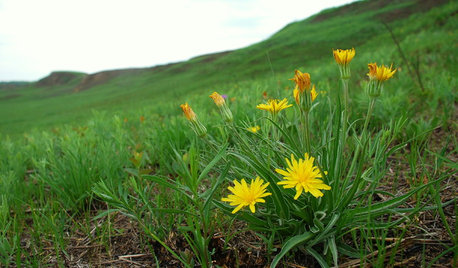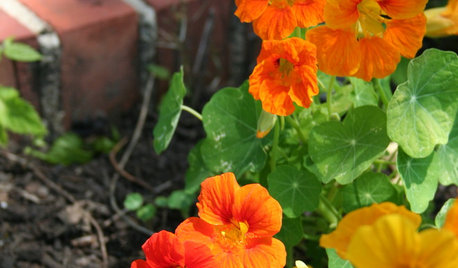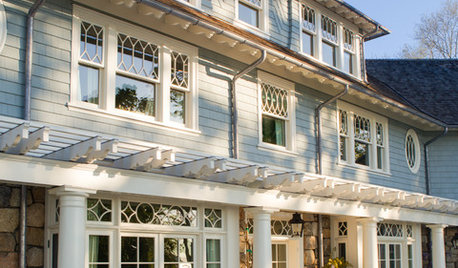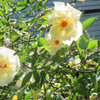Are there OGRs that don't require spraying?
User
16 years ago
Related Stories

MATERIALSInsulation Basics: What to Know About Spray Foam
Learn what exactly spray foam is, the pros and cons of using it and why you shouldn’t mess around with installation
Full Story
REMODELING GUIDES10 Home Fixes That Require a Pro
With some home improvements, your best tool might be the phone. Here are some areas in which it pays to make the call
Full Story
MORE ROOMSNap in a Snap, No Bedroom Required
These tips for colors, linens and more can help you turn any room into a snuggly spot for daytime drifting
Full Story
LIFEHow to Celebrate National S’mores Day When You Don’t Have a Campfire
Too hot to toast marshmallows? Never got around to building that fire pit? These recipes are for you
Full Story
PETS5 Finishes Pets and Kids Can’t Destroy — and 5 to Avoid
Save your sanity and your decorating budget by choosing materials and surfaces that can stand up to abuse
Full Story
BEFORE AND AFTERSKitchen Rehab: Don’t Nix It, Fix It
A small makeover makes a big impact in a traditional kitchen in Atlanta with great bones
Full Story
HOUSEKEEPINGDon't Touch Another Stain Before You Read This
Even an innocent swipe with water may cause permanent damage. Here's what to know about how rugs and fabrics react
Full Story
GARDENING GUIDESNothocalais Cuspidata Isn’t That Kind of Dandelion
This native dandelion for spring pollinators thrives in tough conditions in central U.S. prairies
Full Story
GARDENING GUIDESDon’t Let These Excuses Keep You From Gardening
Stop blaming your lack of experience, space, time and funds, and get on with the joy of garden making
Full Story
TRADITIONAL HOMESHouzz Tour: New Shingle-Style Home Doesn’t Reveal Its Age
Meticulous attention to period details makes this grand shorefront home look like it’s been perched here for a century
Full Story






michaelg
oath5
Related Discussions
new baby ogrs have BS. when to spray?
Q
do ogrs require less sun than hts, ex
Q
Jean's No Spray List
Q
Word of caution.... don't leave any cans of spray SC Johnson
Q
UserOriginal Author
jerijen
UserOriginal Author
geo_7a
jerijen
UserOriginal Author
jerijen
len511
jean
jerijen
pagan
UserOriginal Author
ingrid_vc so. CA zone 9
jerijen
erasmus_gw
jerijen
jean
organic_tosca
jerijen
miranda
brandyray
ronda_in_carolina
gnabonnand
erasmus_gw
brandyray
cweathersby
linrose
rjlinva
linrose
UserOriginal Author
linrose
michaelg
linrose
sherryocala
lemecdutex
cweathersby
mad_gallica (z5 Eastern NY)
sammy zone 7 Tulsa
harborrose_pnw
TNY78
sidos_house
sidos_house
subk3